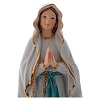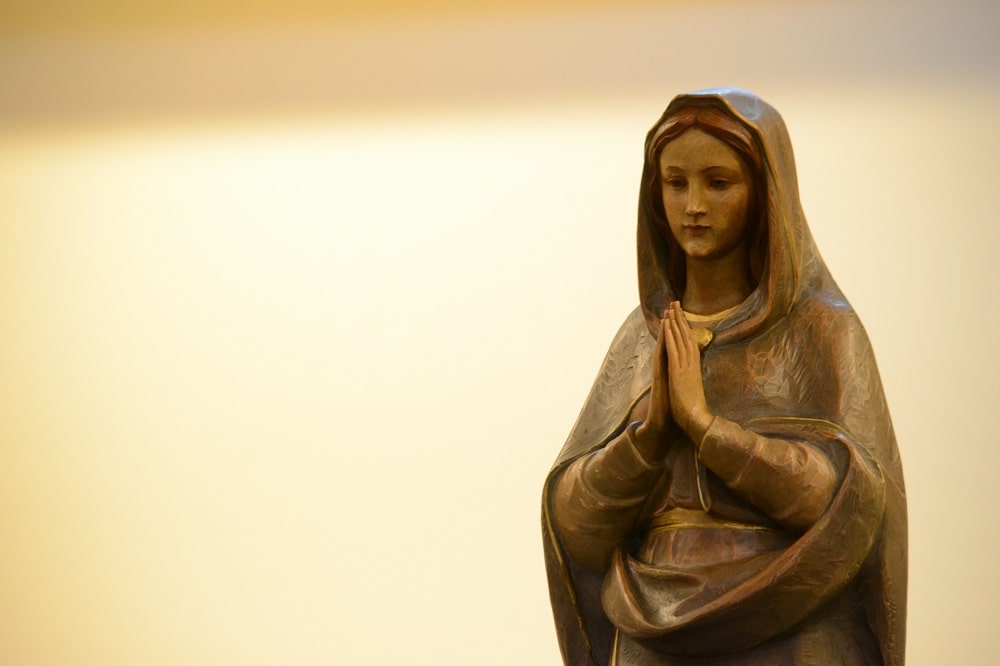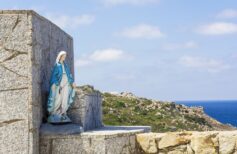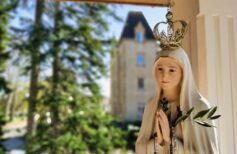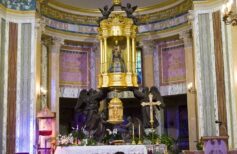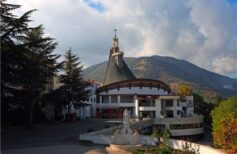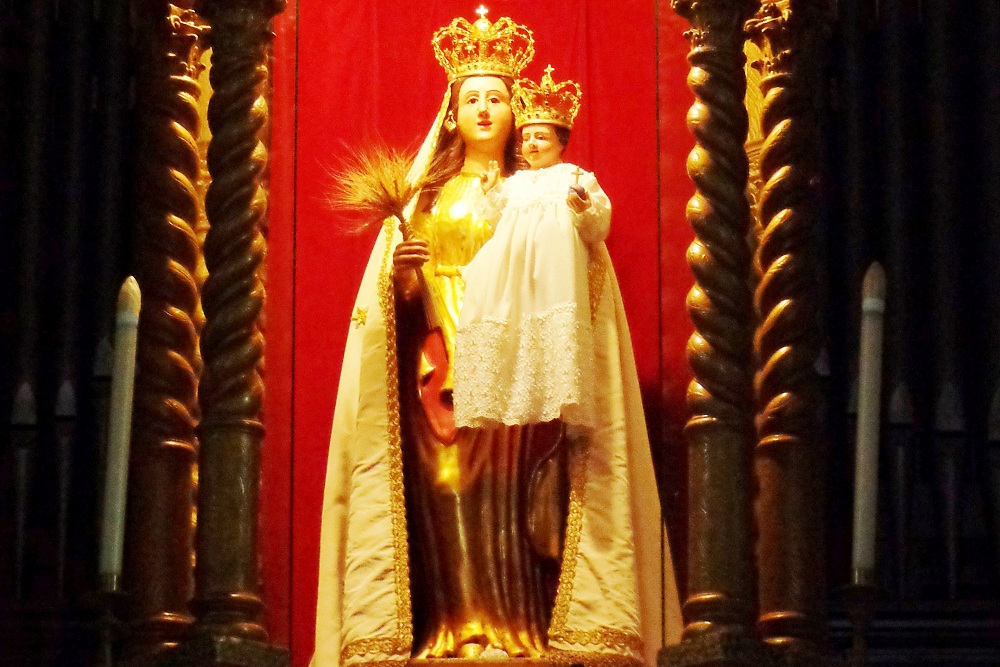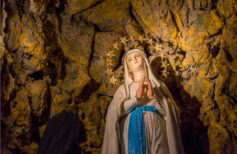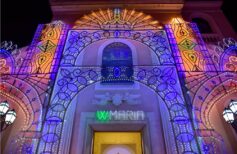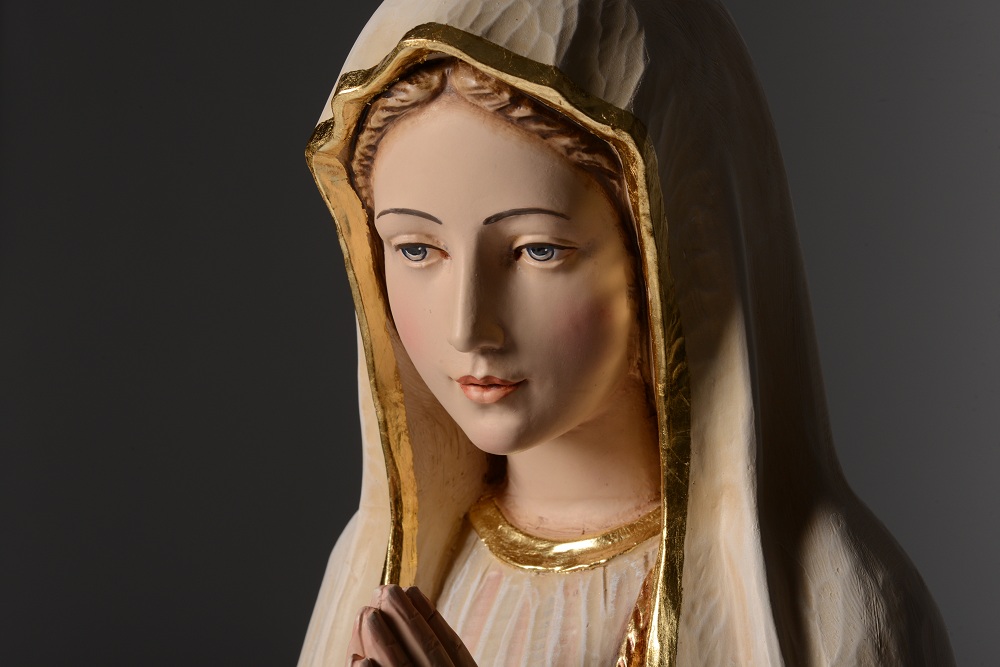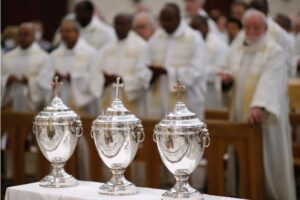Marian Titles: all the appellations with which Mary, mother of Jesus, is venerated. How many are Marian titles? And where do they come from?
Since the origins of the veneration dedicated to her, the Virgin Mary has been attributed to many different names. These are the Marian Titles, names that derive from attributes referring to Mary in the Sacred Scriptures or popular veneration, or that derive from characteristics attributed to her or from ways of saying common language. Just think of the term Madonna, from the Latin mea dominina, “my Lady”.
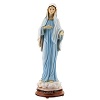
Some are dogmatic, derived from the presence of Mary in the Gospels and the Liturgy: we think of the Virgin, Mother of Christ, Immaculate Conception, Descendant of David, New Eve, and Our Lady.
Others are derived from titles attributed by theologians and Fathers of the Church to the Madonna over the centuries, such as Regina Caeli, from which the homonymous prayer with which Mary is exalted as Queen of Heaven on the day of the resurrection of her Son, Stella Maris which indicates how the Madonna embodies hope and is a sort of polar star for Christians, especially for those who travel by sea, or Ivory Tower in the Laurentian Litanies, supplications in the form of litany addressed to God and the Virgin born in the Holy House of Loreto from the first half of the sixteenth century, and who turn to the Virgin Mary invoking her under numerous titles. In this case, the reference is to the Song of Songs and the three main properties of ivory, candour, consistency and value, all perfectly adaptable to Mary. Or again Mary Sorrowful, or Our Lady of the Seven Sorrows, with reference to the seven sorrows faced by Mary in the Gospels.
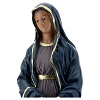
Then there are Marian Titles related to popular devotion, sacred images, or apparitions of Our Lady. For example, Our Lady of Grace is associated in many places with the feast of the Visitation of Mary to Elizabeth, on 2 July or the last day of May. The miraculous Madonna was born from an event that happened in Taggia, Liguria, in 1855, when the eyes of a statue of Mary would have moved.
Or think of the Marian Titles linked to natural phenomena, such as Our Lady of Lightning, linked to the legend according to which in the province of Viterbo a bolt of lightning fell on a tree at the foot of which had been placed an aedicule with the image of Our Lady and no one suffered any damage, or to Our Lady of the Snow, from the miraculous snowfall that took place on August 5, the day of the dedication of the basilica of Santa Maria Maggiore, and that prompted Pope Liberius to erect the basilica of Santa Maria a Nives on the Esquiline hill of Rome, the oldest Marian sanctuary in the West.
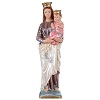
The Madonna is also often associated with parts of the human body or more generally with health and miraculous healings, such as the Madonna del Soccorso, whose cult was born in Palermo in 1306, when the Virgin appeared to the Augustinian monk Nicola La Bruna to heal him from an incurable evil, or the Madonna degli Infermi, which freed the parish community of San Bernardo in Vercelli from the plague in 1630.
The Marian Titles that refer to the animal kingdom are particularly curious: the Madonna of the ant, which would have saved the inhabitants of the Offlaga area, in Brescia, from the famine caused by the too many anthills that infested the countryside.
Then the Marian Titles linked to iconography are fascinating, such as the Madonna of the Pear, from the painting of the fifteenth century depicting the Virgin while giving a pear to the baby Jesus, the symbol of the latter’s acceptance of the sacrifice for the redemption of humanity, or Mary who unties the knots, from the painting by Johann Georg Schmidtner painted in the eighteenth century from which the famous great Marian devotion originated.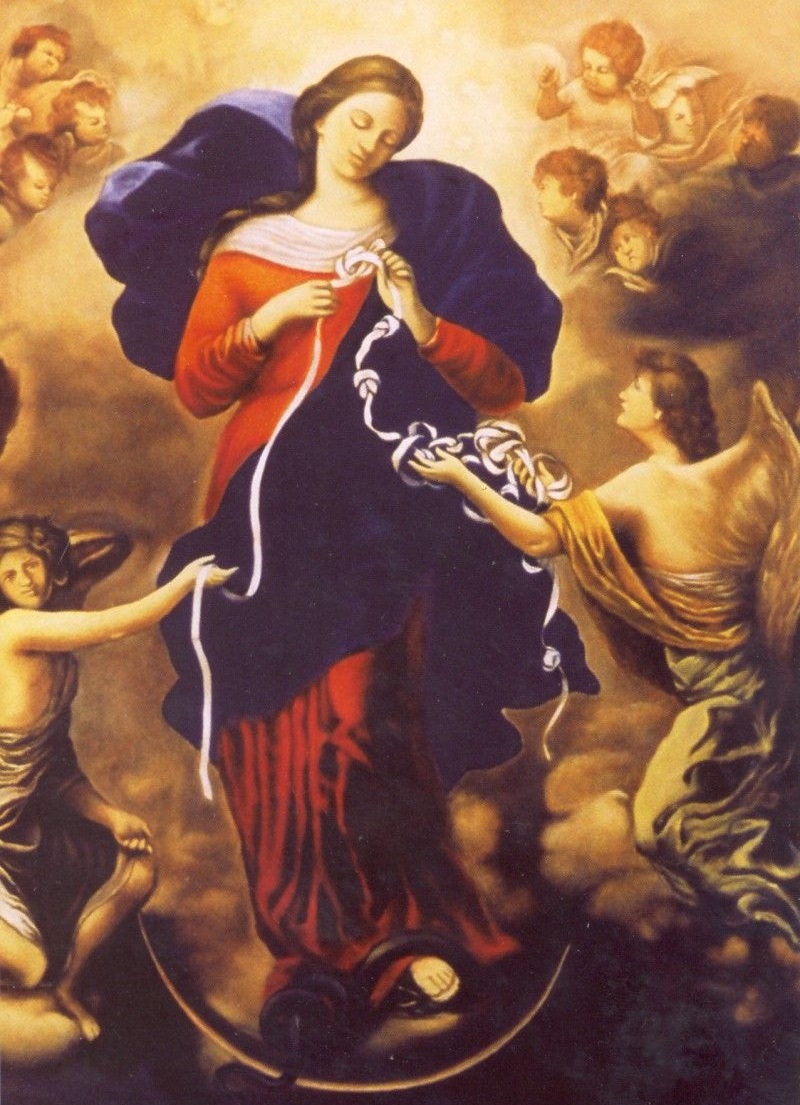
Finally, there are the toponymic Marian Titles, which refer to places dear to the Madonna or where she has appeared over the centuries, such as the Madonna of Loreto, the Madonna of Lourdes, Our Lady of Fatima, the Madonna of Medjugorje, or Saint Mary on the Sea, linked to the legend of the statue depicting Mary and the Child Jesus, fished from the sea near Salerno. Or again Our Lady of Guadalupe, patroness of all Spanish-speaking Catholics in the world, especially those residing in South and North America, whose cult arises from the apparitions that took place in Mexico in 1531.
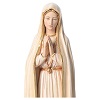
Our Lady of Aparecida, the patroness of Brazil, owes her name to the sanctuary located in Aparecida, in the state of São Paulo, where in 1700 some fishermen had a miraculous catch after finding in their nets a small terracotta statue depicting the Madonna. Halfway between toponymy and devotion, we can also mention the Marian title of Our Lady of Carmel, patroness of the Carmelites, and her cult born on Mount Carmel, where the first monks of the order gathered.
How many Marian titles are there?
Many, many, impossible to count them all! Even if we wanted to mention only what are the titles that the Church has given to Mary, only in the Rosary do we read these definitions:
- Saint Mary
- Holy Mother of God
- Queen of Heaven
- Queen conceived without original sin
- Gate of Heaven
- Morning Star
- The health of the sick
- Refuge of sinners
- Queen of Angels
- Queen of the Patriarchs
- Queen of the Apostles
- Queen of Martyrs
- Queen of all Saints
- Queen of the Most Holy Rosary
- Mother of the Church
- Mother of Divine Grace
- Mystic Rose
- Tower of David
- Ark of the Covenant
- Virgin Worthy of Honour
- Virgin Worthy of Praise
- Mighty Virgin
- Merciful Virgin
- Mirror of Perfection
- Seat of Wisdom
- Cause of our joy
- Tabernacle of Eternal Glory
